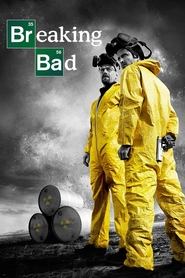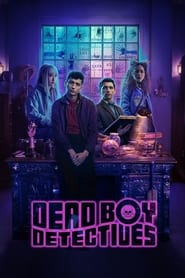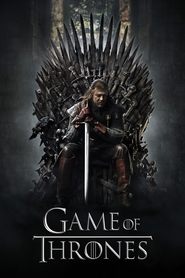
1 Msimu
12 Kipindi
Trials of Life - Season 1 Episode 5
This programme explores forms of navigation. Attenborough starts in Africa at dusk, by describing some of the species that don't rely on sight. The spotted hyena uses its acute sense of smell to guide it while it hunts nocturnally, while galagos urinate on their hands so they can completely mark their movements. Some animals use echolocation and these include swiftlets, bats and river dolphins. By contrast, electric eels use fields of electricity to sense their environment. During the hours of daylight, other methods are employed: the rufous elephant shrew, with its carefully cleared network of pathways, has a sharp mental picture of its habitat - even knowing the various shortcuts with which to evade capture. Attenborough visits the Sahara to illustrate a species that makes the longest overland journey of any insect: cataglyphis, an ant that uses the sun's position to enable it to return to its nest in a straight line. Lobsters in the Bahamas are shown marching in columns to escape stormy waters. In its search for perpetual daylight in which to fish, the Arctic tern makes a 19,000-kilometre journey from one end of the Earth to the other. The albatross is highlighted as one of the most skilled navigators: it can travel up to 1300 kilometres over sea in search of food for its chicks, and still find its way back to the nest. Finally, Attenborough stands on a waterfall in Ireland to tell of the three-year, 10,000-kilometre journey made by elvers.
- Mwaka: 1990
- Nchi: United Kingdom
- Aina: Documentary, Family
- Studio: BBC One
- Neno kuu: animals, nature, nature documentary
- Mkurugenzi:
- Tuma: David Attenborough



 "
" "
" "
" "
" "
" "
" "
" "
" "
" "
" "
" "
"


















